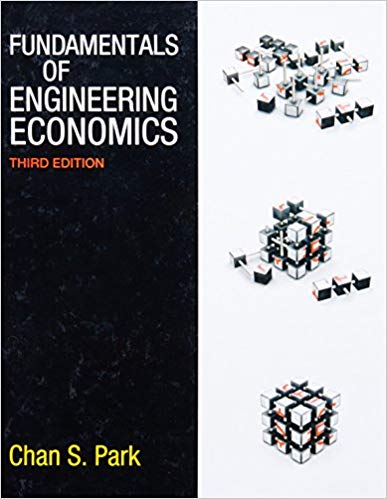1. You are interested in purchasing a newly issued $1,000 par, 20-year, 4.80% semiannual coupon bond. Calculate the duration for the bond. Report the duration
1. You are interested in purchasing a newly issued $1,000 par, 20-year, 4.80% semiannual coupon bond. Calculate the duration for the bond. Report the duration to two decimal places.
2. On June 1, 2018, the US Treasury issued new 20-year, $1,000 par value bonds that paid 4.4% annual interest, with payments made semiannually. On June 1, 2019, similar T-bonds were issued paying 4.65% interest. What was the market value of the 2018 bonds as of June 1, 2019? Report the value to the nearest penny.
3. You bought a newly issued 10-year, $1,000 par value, 5.50% coupon bond (with semiannual coupon payments) on May 1, 2018. You decided to check the value and yields on the bond annually, so that you can keep track of your wealth. Your first check was to be done on May 1, 2019. On April 15, 2019, the yield to maturity for the bond changed to 5.20%. For your one year anniversary of owning the bond, calculate the market price of the bond using the new yield to maturity. Report your answer to the nearest penny.
4. You bought a newly issued 10-year, $1,000 par value, 5.50% coupon bond (with semiannual coupon payments) on May 1, 2018. You decided to check the value and yields on the bond annually, so that you can keep track of your wealth. Your first check was to be done on May 1, 2019. On April 15, 2019, the yield to maturity for the bond changed to 5.20%. For your one year anniversary of owning the bond, calculate the bond's current yield for the first year using the new yield to maturity. Report the percentage to two decimal places (0.02348 = 2.35).
5. You bought a newly issued 10-year, $1,000 par value, 5.50% coupon bond (with semiannual coupon payments) on May 1, 2018. You decided to check the value and yields on the bond annually, so that you can keep track of your wealth. Your first check was to be done on May 1, 2019. On April 15, 2019, the yield to maturity for the bond changed to 5.20%. For your one year anniversary of owning the bond, calculate the bond's capital gains yield using the new yield to maturity. Report the percentage to two decimal places (0.02348 = 2.35).
6. You bought a newly issued 10-year, $1,000 par value, 5.50% coupon bond (with semiannual coupon payments) on May 1, 2018. You decided to check the value and yields on the bond annually, so that you can keep track of your wealth. Your first check was to be done on May 1, 2019. On April 15, 2019, the yield to maturity for the bond changed to 5.20%.
For your two year anniversary of owning the bond (May 1, 2020), calculate the market price of the bond using the new yield to maturity. Report your answer to the nearest penny.
7. You bought a newly issued 10-year, $1,000 par value, 5.50% coupon bond (with semiannual coupon payments) on May 1, 2018. You decided to check the value and yields on the bond annually, so that you can keep track of your wealth. Your first check was to be done on May 1, 2019. On April 15, 2019, the yield to maturity for the bond changed to 5.20%.
For your two year anniversary of owning the bond (May 1, 2020), calculate the bond's current yield using the new yield to maturity. Report the percentage to two decimal places (0.02348 = 2.35).
8. You bought a newly issued 10-year, $1,000 par value, 5.50% coupon bond (with semiannual coupon payments) on May 1, 2018. You decided to check the value and yields on the bond annually, so that you can keep track of your wealth. Your first check was to be done on May 1, 2019. On April 15, 2019, the yield to maturity for the bond changed to 5.20%.
For your two year anniversary of owning the bond (May 1, 2020), calculate the bond's capital gains yield using the new yield to maturity. Report the percentage to two decimal places (0.02348 = 2.35).
9. Suppose a 5-year, 7.25% coupon bond is issued, and one year later bonds of similar risk and maturity are issued paying 7.45% interest. What will happen to the market value of the first bond?
Select one:
a. The first bond's value will rise very much
b. Since it has only five years to maturity, the bond's value will not change
c. The first bond's value will fall slightly
d. The first bond's value will rise slightly
e. The first bond's value will fall very much
Step by Step Solution
3.31 Rating (157 Votes )
There are 3 Steps involved in it
Step: 1
EXCEL FORMULA 2 FacePar Value of bond 1000 Semiannual Coupon Bond 10004412 22 No of years to maturit...
See step-by-step solutions with expert insights and AI powered tools for academic success
Step: 2

Step: 3

Ace Your Homework with AI
Get the answers you need in no time with our AI-driven, step-by-step assistance
Get Started


